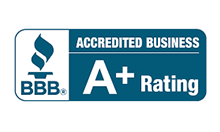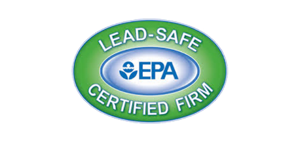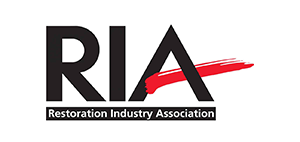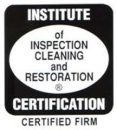Ever wondered why mold keeps coming back to homes even after pros try to get rid of it? Mold coming back is a big worry for many homeowners. They often doubt if mold removal really works. But, mold can come back if the moisture problems aren’t fixed right.
This article explores why mold keeps coming back. We’ll look at how to make mold removal more effective and stop it from coming back.
Key Takeaways
- Approximately 30% of homes in the U.S. have experienced mold issues at some point.
- Mold can return within weeks if the source of moisture is not addressed after remediation.
- Studies indicate that 50% of mold problems stem from water damage due to plumbing leaks or poor ventilation.
- Homes with inadequate ventilation are 70% more likely to experience mold recurrence post-remediation.
- Professional mold remediation services can decrease the chances of mold returning by up to 80% when they address both the mold and its moisture source.
Understanding Mold Recurrence After Remediation
Mold remediation can greatly reduce mold, but it doesn’t get rid of all spores. This raises the question of how likely mold is to come back. If moisture issues are not fixed, mold can return. This is especially true if leaky windows or high humidity are not addressed.
Water damage is a big reason for mold. Flooding, leaks, and high humidity are perfect for mold to grow. To stop mold from coming back, it’s important to fix leaks, improve ventilation, and keep humidity levels right. These steps can help a lot.
In places like Los Angeles County, mold can grow easily. The mild winters and occasional heavy rains help mold spread.
Professional mold removal includes vacuuming with HEPA filters and lab tests. This ensures the mold is really gone. It’s important to catch and fix any moisture issues to prevent mold from coming back.
Factors Affecting Mold Removal Effectiveness
The success of mold removal depends on how well moisture is removed and the area’s moisture risk. Experts use a detailed plan to fix moisture problems, like bad ventilation or leaks. For example, sealing crawl spaces and using dehumidifiers help prevent mold. It’s important to get help from mold experts to keep mold away for good.
Many things affect how well mold is removed. Getting rid of moisture is key. If leaks or high humidity aren’t fixed, mold can come back. Homes with bad air flow are also at risk because mold spores spread easily.
Experts suggest ways to stop mold from coming back. Using dehumidifiers and sealing crawl spaces are good ideas. The success of these methods depends on how well they are done and kept up.
How well mold is removed also depends on the methods used. Some methods work well on certain surfaces but not others. For example, some methods remove mold spores from the air but don’t get rid of mold itself. Others, like dry ice blasting, are good for small problems but need special equipment.
Getting a professional to check after mold removal is very important. It shows if the job was done right. The best results come from fixing moisture problems, using the right methods, and getting expert checks.
How likely is mold to come back after remediation?
Mold can return after remediation if the conditions that allowed it to grow are not fixed. It’s common to only treat the visible mold without solving the moisture problem. Fixing moisture is key to stopping mold from coming back.
Experts say mold often comes back if moisture levels are not controlled. Leaks, damp crawl spaces, and even a bit of humidity can cause mold to grow again. Keeping indoor humidity below 50% helps prevent this. Mold can also spread quickly, forming colonies in just two days when it’s moist.
The success of initial remediation is crucial for long-term results. If drying is not complete, HVAC systems are not cleaned right, or contaminated areas are missed, mold can return. Regular checks and upkeep are needed to keep mold away. Professional services focus on solving the root causes to avoid future mold problems and protect health and business interests.
Conclusion
Mold remediation is key to keeping homes and buildings mold-free. But, it’s not just about fixing the mold. It’s also about managing moisture and solving the mold’s root cause. If you don’t fix the moisture problem, mold can come back.
To stop mold from coming back, keep your home’s humidity between 30% and 60%. Mold loves damp places. Regular checks on appliances like dishwashers and air conditioners are also important. Old appliances, especially water heaters over ten years, can leak and cause mold.
Mold often hides in spots you can’t see. So, it’s crucial to maintain your home well. This means finding and fixing hidden moisture problems. To treat mold well, you need to know where it is, fix the damage, and lower humidity.
This might mean using dehumidifiers or improving air flow. Dry wet areas quickly, within 24-48 hours. Working with mold experts is important for lasting results. Regular upkeep and using mold-resistant materials also help keep your home mold-free.


















